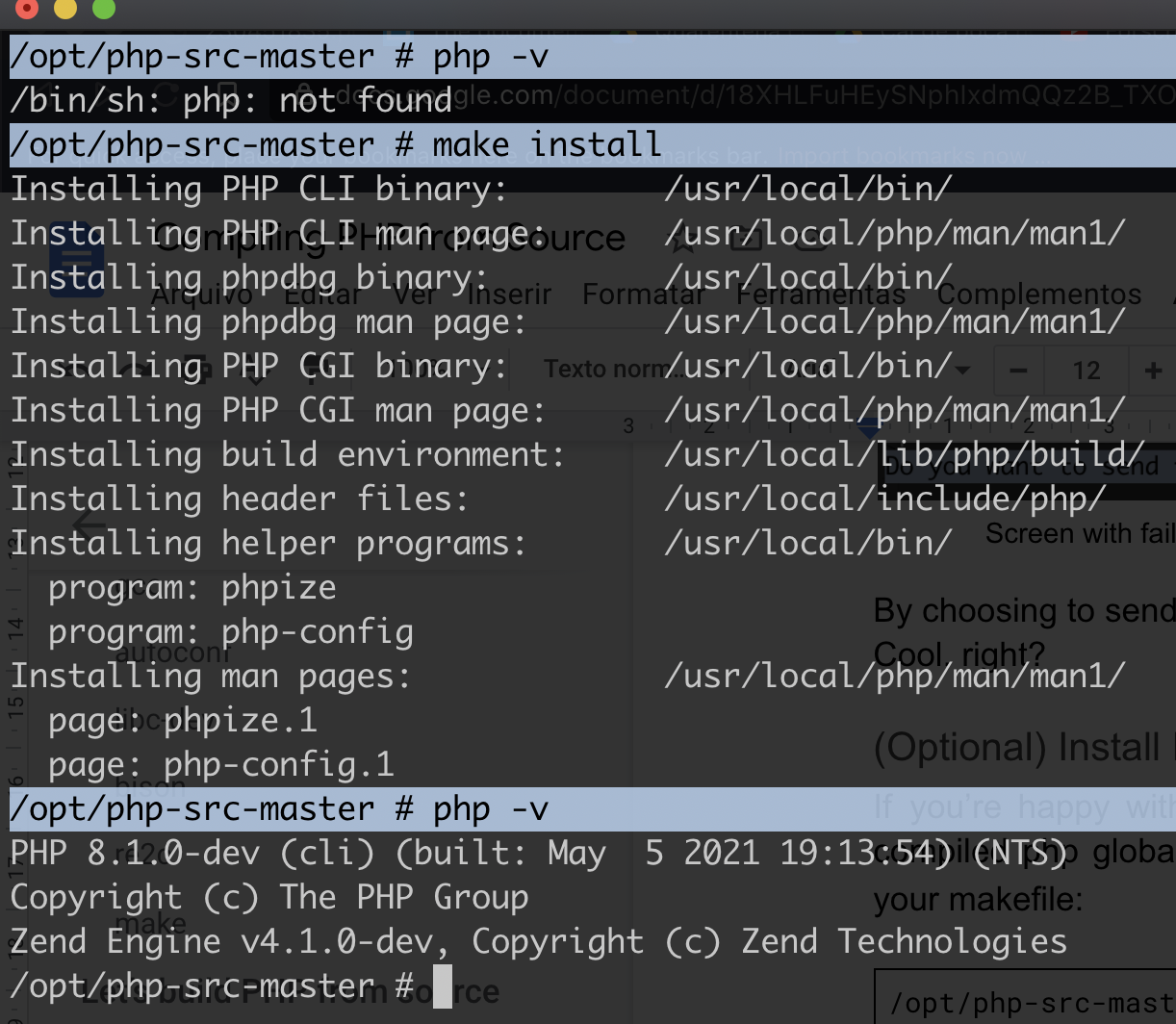

- #Adding custom actions to advanced installer install#
- #Adding custom actions to advanced installer code#
- #Adding custom actions to advanced installer series#
You should see something like the following on the remote webpage that opens: Select My Custom Menu Action in the context menu. Navigate to any document library in the host web. The default page of your developer site opens. When you select F5, Visual Studio builds the solution, deploys the add-in, and opens the permissions page for the add-in. The CommandUIHandler element should look like the following: Visual Studio generates the following markup in the elements.xml file of the menu item custom action feature: Īdd the following query parameters to the end of the Url attribute of the UrlAction element: Select the CustomActionAppWeb\CustomActionTarget.aspx page. Where does the custom action navigate to? Which particular item is the custom action scoped to? Where do you want to expose the custom action? Menu Item custom action properties Property question Give the answers from the following table:
#Adding custom actions to advanced installer series#
The Create Custom Action for Menu Item Wizard asks you a series of questions. Keep the default name, and then select Add. Right-click the SharePoint Add-in project, and select Add > New Item > Office/SharePoint > Menu Item Custom Action. To add a Menu Item custom action to the SharePoint Add-in project


" ĭocument.getElementById("qsparams").innerHTML = ParamsHTML += " No item has been selected from the list. (The SPListItemId is the 5th parameter.) Alert the user when no item has been selected. Parameters are URLencoded, decode for rendering Extracts the parameters from the query string. Query string parameters passed by the custom action:
#Adding custom actions to advanced installer code#
In this example, the code alerts the user that no item has been selected. In a production quality SharePoint Add-in, your code needs to handle situations where no item is selected. The ItemURL and ItemID tokens only get passed when there is an item selected. Renders the parameters in the placeholder. Provides a placeholder for the query string parameters.Įxtracts the parameters from the query string. The HTML code contains JavaScript that performs the following tasks: Leave all the markup above the html element as it is. In the CustomActionTarget.aspx file, replace the entire html element and its children with the following HTML code. To add an add-in webpage for the custom actionsĪfter the Visual Studio solution has been created, right-click the web application project (not the SharePoint Add-in project) and add a new Web Form by selecting Add > New Item > Web > Web Form. (To do this, right-click the Visual Studio icon on the Start menu, and select Run as administrator.)Ĭreate the provider-hosted SharePoint Add-in as explained in Get started creating provider-hosted SharePoint Add-ins, and name it CustomActionsApp. To create the SharePoint Add-in and remote web projects Set the add-in start page to the host web home page. Find out which SharePoint components can be included in a SharePoint Add-in, which components are deployed to the host web, which components are deployed to the add-in web, and how the add-in web is deployed in an isolated domain.Ĭode example: Create a custom action in the host web document librariesįollowing are the steps to create a custom action in the host web document libraries:Ĭreate the SharePoint Add-in and remote web projects.Īdd an add-in webpage for the custom actions.Īdd a Menu Item custom action to the SharePoint Add-in project.Īdd a Ribbon custom action to the SharePoint Add-in project. Learn about the difference between host webs and add-in webs. Host webs, add-in webs, and SharePoint components in SharePoint Learn about the user experience (UX) options that you have when you are building SharePoint Add-ins. Learn about the new add-in model in SharePoint that enables you to create add-ins, which are small, easy-to-use solutions for end users. The following table lists useful articles that can help you understand the concepts and steps that are involved in a custom action scenario. Core concepts to help you understand custom actions

You need a development environment as explained in Get started creating provider-hosted SharePoint Add-ins. Prerequisites for using the examples in this article Two types of custom actions are available for add-ins: Ribbon and Menu Item. Custom actions can open a remote webpage and pass information through the query string.
#Adding custom actions to advanced installer install#
A custom action deploys to the host web when end users install your add-in. When you are creating a SharePoint Add-in, custom actions let you interact with the lists and the ribbon in the host web.


 0 kommentar(er)
0 kommentar(er)
